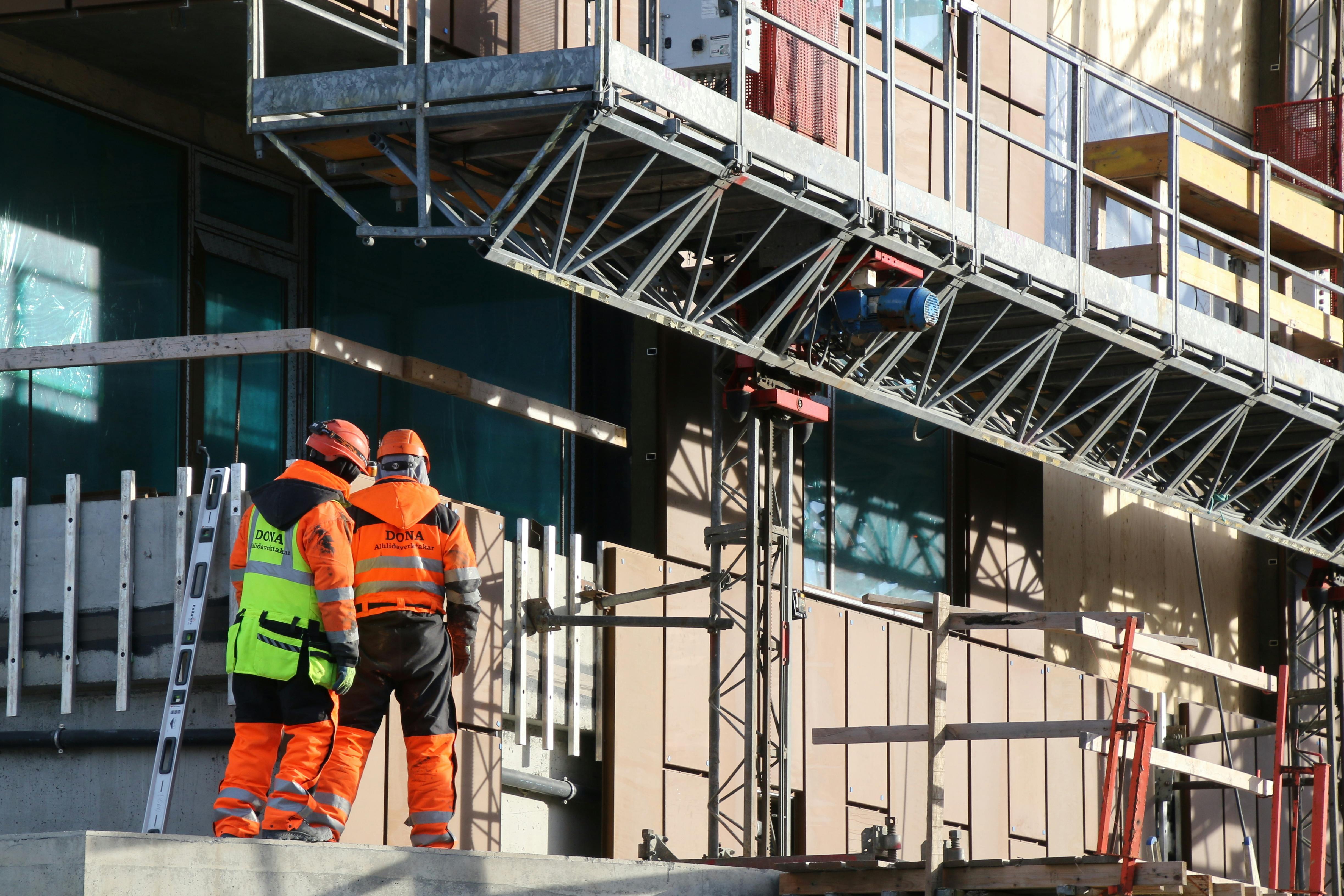Taking a leap towards a greener environment, you may be considering the switch to solar energy. So, “Understanding How to Calculate Your Solar Panel Needs,” becomes all the more crucial as it empowers you with the necessary knowledge to make informed decisions. If you are daunted by the technicalities, worry not – this article breaks down the complexities into simple, digestible details while guiding you through the calculation process. Get ready to not only discover your solar panel needs but also to contribute positively towards the protection of our environment.

Understanding Solar Energy
Solar energy, as you might guess, is harnessed from the sun. The sun is a massive nuclear reactor, continuously emitting enormous amounts of energy. Among the countless benefits, one that strikes most prominently is that it is a renewable and sustainable source of energy.
Principles of Solar Energy
The basic principle behind solar energy is fairly simple. The sun’s rays contain photons, or particles of sunlight. When these photons hit the solar panels on your roof, they get absorbed by the panel’s semiconductive materials. This process results in electrons getting knocked loose from their atoms. As the electrons flow through an electric circuit, they produce electricity.
Benefits of Solar Energy
There are numerous benefits of solar energy, making it an ideal choice for both residential and commercial use. First off, it is renewable and practically inexhaustible. Moreover, solar energy helps in reducing electricity bills as it allows you to generate your own electricity. In addition to being environmentally friendly, the use of solar energy also leads to a decrease in dependency on fossil fuels.
How Solar Panels Work
In layman’s terms, solar panels essentially absorb the sun’s energy and convert it into electricity. They are constructed from many small solar cells, each of which converts sunlight into electrical energy. This process is also known as the photovoltaic effect. It’s this process that enables solar panels to create clean, renewable energy from nothing but light.
Assessing Your Energy Needs
Before diving into the intricate details of solar panels, it is essential to assess your energy needs. Your energy consumption pattern will determine the number of solar panels you need.
Reviewing Your Energy Bills
To start off, take a good look at your energy bills. This would give you a fair idea of how much energy your household consumes each month. Your usage could vary with the changing seasons, so it’s best to average out your consumption over the course of a year.
Determining Your Daily Energy Usage
To determine your daily usage, simply divide your total monthly usage by the number of days in that month. Being aware of your daily consumption would allow you to size your solar system appropriately.
Considering Your Location and Available Sunlight
The amount of sunlight your area receives will significantly influence your solar system’s efficiency. On average, a home in the United States receives about 5 hours of sunlight per day. However, this value can fluctuate depending on your location.
Understanding Your Peak Energy Usage
Peak usage refers to the period when your energy consumption is at its highest. By controlling or reducing your consumption during this period, you can significantly reduce your energy needs.
Determining Necessary Solar Panel Size
Once you have a clear understanding of your energy needs, you can calculate the solar panel size that would be sufficient for your needs.
Calculating Required Kilowatt Hours
The required kilowatt-hours (kWh) can be calculated by multiplying your daily energy consumption (in kilowatt) with the average hours of sunlight your location receives.
Considering Panel Efficiency
Not all panels are created equal. The efficiency of a solar panel refers to its ability to convert sunlight into usable electricity. Higher efficiency panels would generate more power and consequently, would require lesser space.
Accounting for Climate and Sunlight Exposure
Weather conditions and sunlight exposure are also key factors to account for. If your location gets less sunlight or is often clouded, you might need to get panels of higher capacity.
Types of Solar Panels
There are several types of solar panels available in the market, each with its own pros and cons.
Understanding Monocrystalline Solar Panels
Monocrystalline panels are renowned for their efficiency, longevity, and sleek design. These panels are made from a single crystal structure, which gives them that signature black look.
Exploring Polycrystalline Solar Panels
Polycrystalline solar panels are made from multiple silicon fragments melted together. They are less efficient than monocrystalline panels but are also less costly.
Reviewing Thin-Film Solar Panels
Thin-film solar panels are the easiest to produce and consequently, the cheapest. However, they are the least efficient and require a much larger surface area to produce the same amount of electricity as their counterparts.
Comparing Panel Efficiency and Cost
Generally, the higher the efficiency, the higher the cost. However, considering the lifespan and overall savings, efficient panels may end up being economical in the long run.

Calculating the Number of Solar Panels Needed
Once you determine the size of your solar panels, it’s time to calculate the number of panels you need.
Checking Solar Panel Wattage
Wattage refers to the amount of power a solar panel can produce under ideal conditions. The most commonly used solar panels have a wattage ranging from 250 to 400 watts.
Dividing Total Energy Need by Panel Wattage
To calculate the number of solar panels needed, simply divide your total energy need (in kWh) by the panel wattage. This will give you a ballpark number for your solar panel needs.
Small Adjustments for System Inefficiencies
Account for the fact that no system is 100% efficient. To do this, increase the number of panels by approximately 25% to account for these inefficiencies.
Evaluating Your Roof’s Capability
Nobody wants a roof collapse, right? Before installing solar panels, it’s important to assess your roof’s capability.
Measuring Your Roof’s Available Space
The number of panels you can fit on your roof will depend on the space available. Larger panels will produce more power but will also take more space.
Considering Roof Angle and Direction
The angle and direction of your roof can greatly affect your solar system’s productivity. The optimal configuration is a south-facing roof with a sloping angle of 30 degrees.
Assessing Roof Condition and Suitability
Old, weakened or damaged roofs may not be suitable for solar panel installations. You should consider the condition of your roof before proceeding.

Solar Panel Installation Considerations
Like any major home project, several considerations are involved in solar panel installation.
Assessing Installation Locations
While most people opt for rooftop installations, ground-mounted systems can be a good option if your roof is not suitable or if you have plenty of land available.
Understanding Grid-Tied or Off-Grid Options
Grid-tied systems allow you to draw power from the grid when your system isn’t generating enough, while off-grid systems would necessitate the use of battery storage.
Considering Potential Need for Battery Storage
Battery storage allows you to store surplus energy for use during peak usage times or when the sun isn’t shining.
Cost and Financing Options
Cost is arguably the most crucial consideration when adopting solar energy.
Calculating Preliminary Solar Panel Costs
The initial cost of solar panels can seem staggering, but remember to factor in returns on investment, such as reduced electricity bills and increased property value.
Exploring Financing Options
Many solar companies offer several financing options. You can either purchase the system upfront or go for a power purchase agreement (PPA) or solar lease.
Understanding Federal, State, and Local Incentives
Various federal, state, and local incentives exist to make solar energy more affordable. These can significantly reduce your net cost.
Solar Panel Maintenance and Longevity
Like any mechanical system, solar panels also require maintenance.
Routine Solar Panel Maintenance
Solar panels generally don’t require a lot of maintenance. Regular cleaning to remove dust and other debris can help maintain efficiency.
Expected Lifespan and Efficiency Over Time
Solar panels typically come with a 25 to 30-year warranty, but they can last much longer. Efficiency slightly decreases over time, typically about 0.5% to 1% per year.
Warranty Options and Considerations
Most solar panel manufacturers offer a 25-year production warranty, promising their panels will still produce at a certain percentage after 25 years.
Choosing a Solar Panel Installer
Choosing the right installer is crucial for a successful transition to solar energy.
Researching Potential Installers
Do your research diligently before settling on an installer. Consider factors such as experience, customer reviews, accreditations and the variety of services they offer.
Checking Certifications and Reviews
Certifications are a good way to gauge an installer’s expertise and experience. Similarly, reviews provide insights about their professional conduct and customer satisfaction.
Understanding Warranties and Service Agreements
A solid warranty can give you peace of mind regarding your installation. Be clear about what is covered under your warranty and any service agreements.
Transitioning to solar energy is a big decision, but with the right knowledge and preparation, it can be a rewarding and sustainable investment in your home and the environment.
